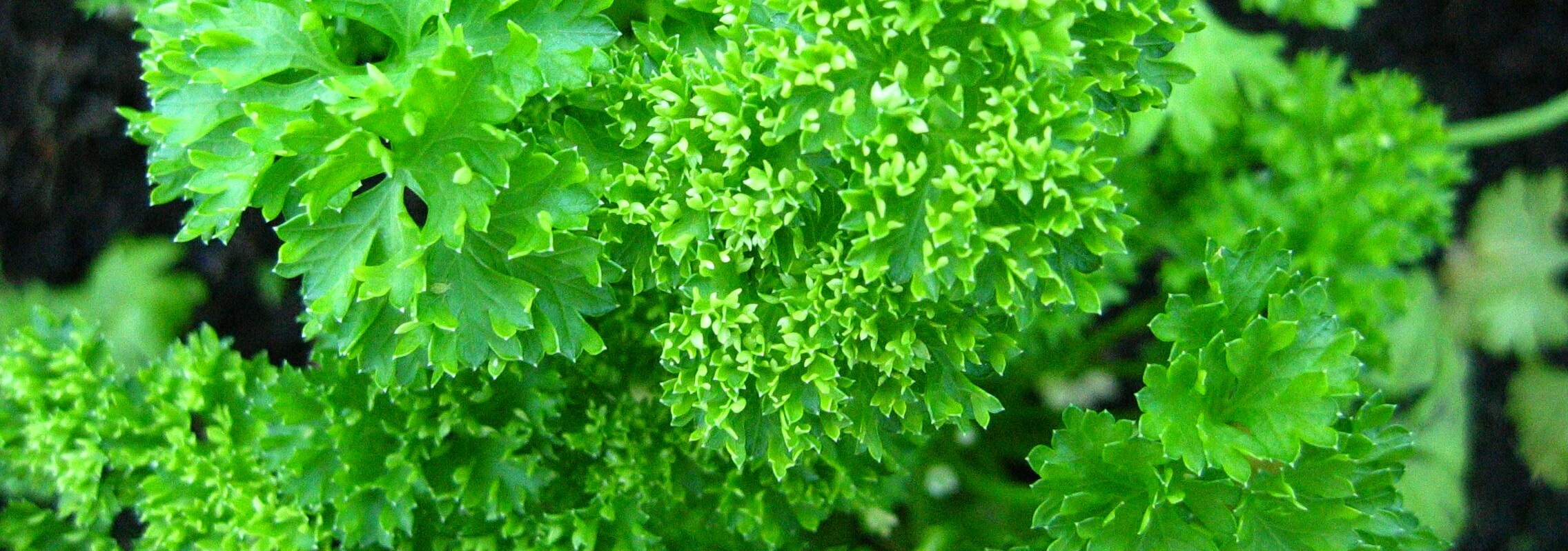There are no products listed under this category.

Parsley is cultivated globally for its aromatic leaves and is a rich source of Vitamin C, Vitamin A, and iron. It also contains fatty acids and essential oils. Three types of parsley are grown in the U.S.:
Parsley thrives in air temperatures between 60°F - 65°F. Soil temperature should be at least 50°F for planting.
Prefers rich, moist soil with good drainage and a pH between 5.3 and 7.3. Cover seeds no deeper than 1/4 inch. If using heavy-textured soils, cover seeds with leaf mold, sand, or peat to prevent crusting
Plant seeds as soon as the soil can be worked in the spring. In northern regions, start seeds indoors for better results and transplant them once the danger of frost has passed.
• In-row: 3–6 inches
• Between rows: 8–24 inches
Parsley harvesting is labor-intensive, typically done by hand to minimize crop damage.
Workers can group plants, slice the stalks with a knife, and bundle them with a rubber band for bunching. For continuous harvest, cut parsley 1 to 1 ¼ inches above the crown for multiple cuttings. Machine harvesting: Cut 1 to 3 inches above the crown. Parsley can be harvested multiple times depending on crop quality. In the North, sowing three times per year allows continuous harvesting from April to December. In the South, parsley is sown in late summer and fall for winter harvest. Hamburg parsley is hardy and can withstand mild freezes. The roots may be left in the ground or stored in trenches or root cellars. To improve freeze tolerance, hay can be spread over the crop in the field. After harvest, parsley roots should be washed, and discolored leaves removed before marketing.
Looking to get started by growing your own parsley from seed? Click on the button below to get started.
Shop nowThere are no products listed under this category.